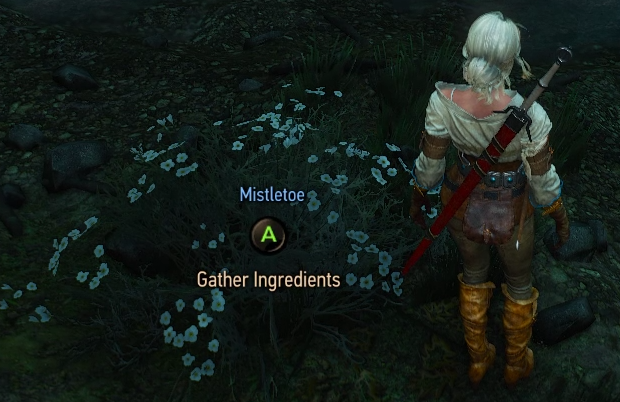
The hilt of our Wolfsbane belies its name: an awesome and fearful work of art, stalked by the spirit of Fenrir. The Wolfsbane Sword has been heat-treated with their signature dual-temper, resulting in a blade with a hardness of 60 HRC at the edge, and 48-50 HRC at the core: this means it is both extremely rugged and resistance to chips and nicks, whilst retaining enough flex to absorb the force of heavy blows. This is a stainless spring steel that creates magnificent blades which Darksword have stress-tested by bending through 90º – only to have them spring straight back to true. The blade has been hand-forged from 5160 carbon steel. Too long a fuller would reduce the weight of the blade too much – and Darksword’s master smiths have gotten this balance just right: it has the perfect balance between presence and agility in the hand.

The foreshortened fuller plays a vital part in the feel of this weapon : an effective cutting sword requires a degree of weight towards the point of the blade, creating enough angular momentum behind a blow to cleave. Although their design seems to indicate sword-makers grappling with the problems presented by the introduction of ‘transitional’ splint and compound armors in the 13 th -century, due to the difficulty in dating this style of sword accurately it’s not impossible that such blades might have been used by elite jarls and huskarls in wealthy late-Viking successor states. This form of blade became widespread in European history as armor manufacture improved toward the end of the High Medieval period, and whilst swords were still designed to be wielded primarily as a cutting weapon, blades became slenderer and sharper to improve the usefulness of the point. It conforms to Oakeshott Type XIIa, being a broad lenticular blade of greatsword size that tapers evenly to a long, sharp point, bearing a foreshortened fuller ending well below the point. Darksword Armory’s fiendishly talented designers have chosen to diverge from the strictures of historical Viking swords, which are almost all parallel-edged with wide fullers and spatulate (rounded) points – instead, they have opted to forge the Wolfsbane with a spectacular sharply tapering spike of a blade. The Wolfsbane Sword’s blade is a wicked thorn, straight from the darkest Norse sagas. Axii - They will become stunned for a short duration leaving them open to attacks.(About): A Fearsome Sword, Swift like a Wolf.Yrden - Their attacks and movements will become slower allowing you more time to dodge or roll away.Igni - If your Sign Intensity is high enough, they will start burning and will leave them stunned for a short duration.Aard - They will stagger for a short while and stop their quick movements.Prepare some Devil's Puffball Bombs to make its regeneration stop immediately whenever it starts during combat.

Use attacks, Signs, or Bombs that can stop its movement to give yourself an opening to attack. You should use your Silver Sword and coat it with Cursed oil to deal bonus damage to it. When they lose HP, sometimes they will start regenerating a a very rapid rate in which you will need to throw a Devil's Puffball Bomb in order to stop it. The best way to deal with Werewolves is to stop its quick movements and attack it from behind when it becomes vulnerable.
#Wolfsbane witcher 3 how to
Werewolf - Weaknesses and How to Fight Weaknesses of Werewolf Weakness 1


 0 kommentar(er)
0 kommentar(er)
